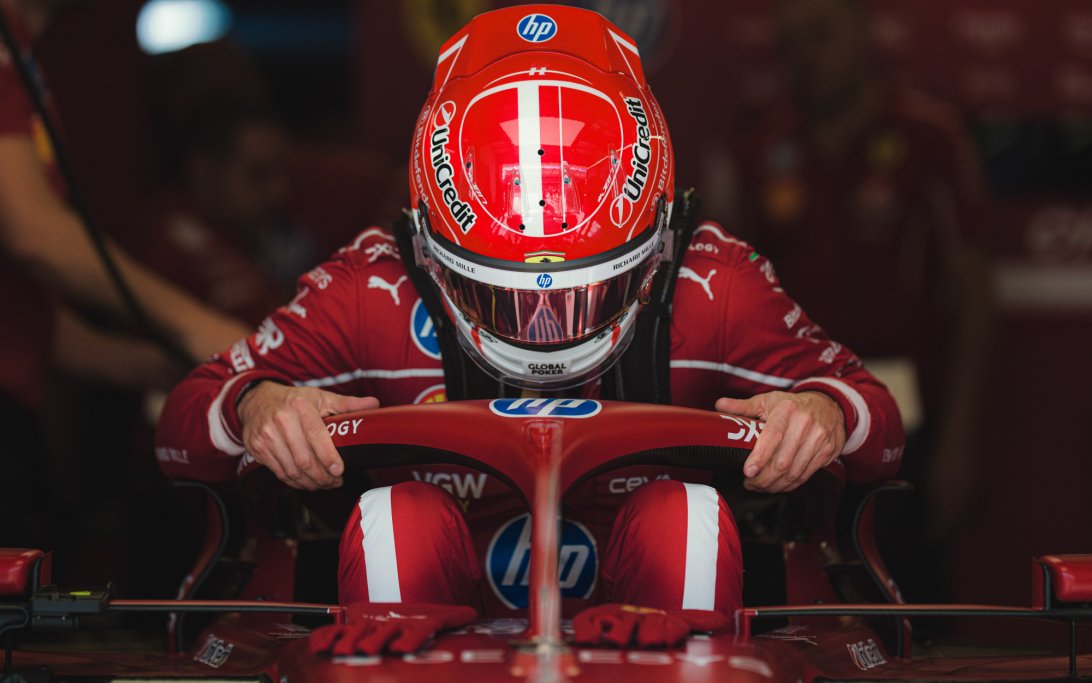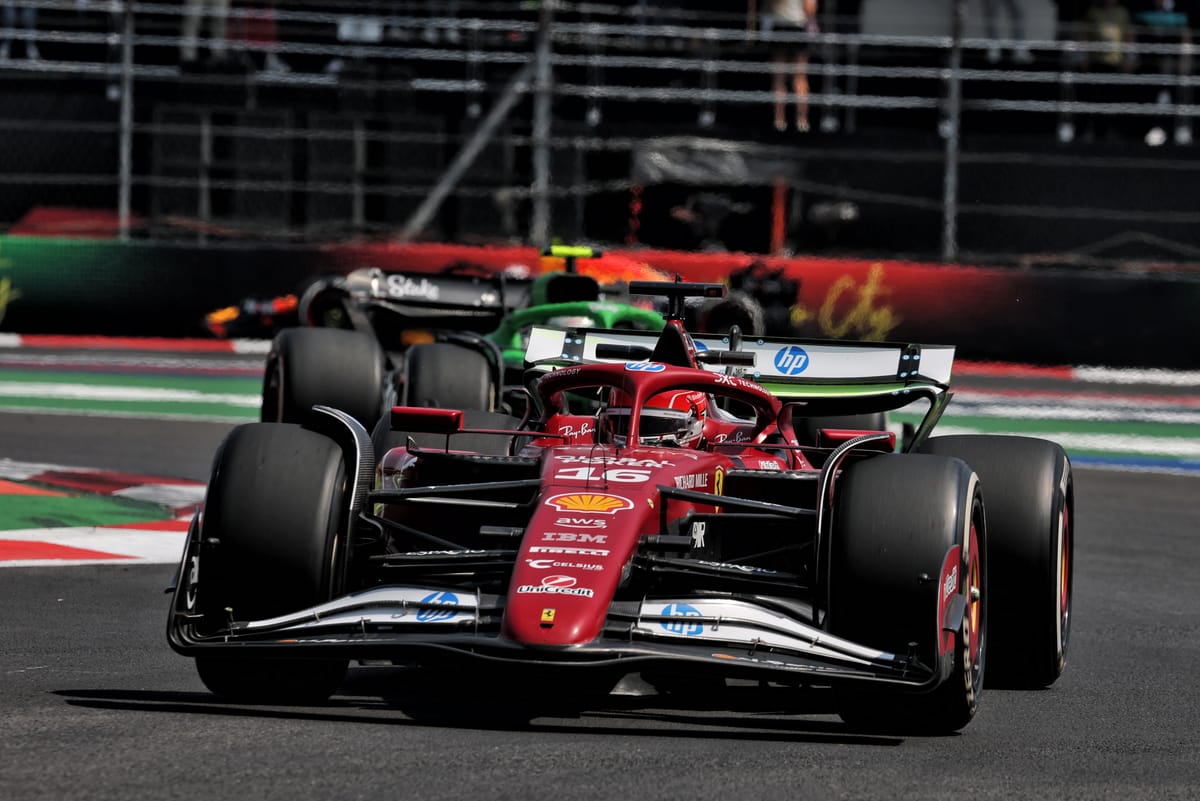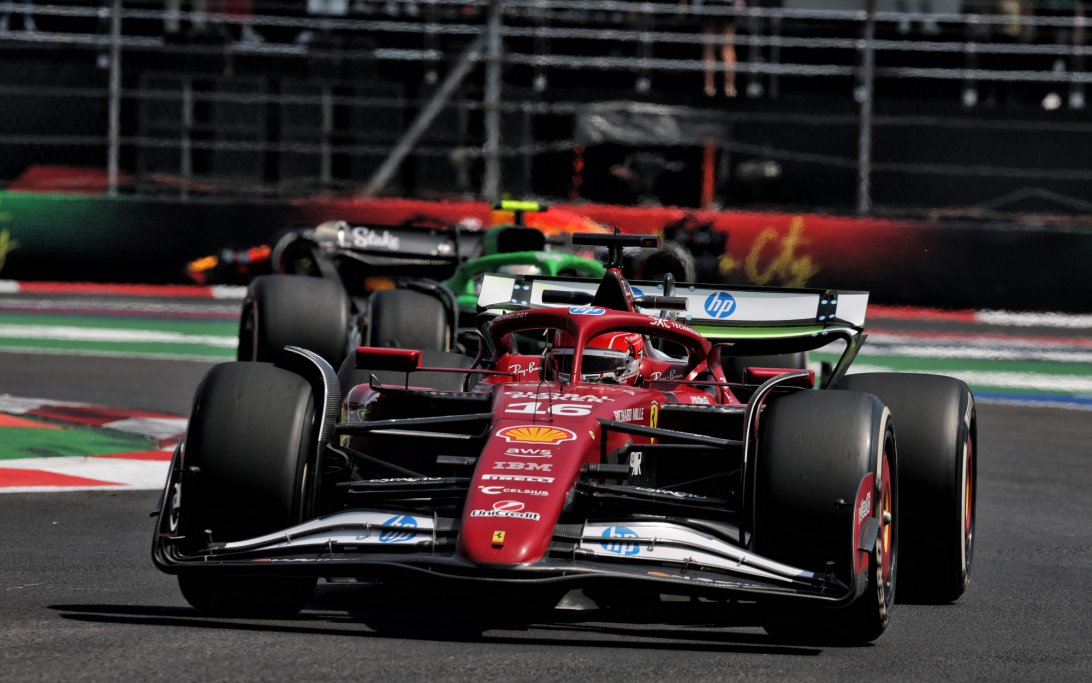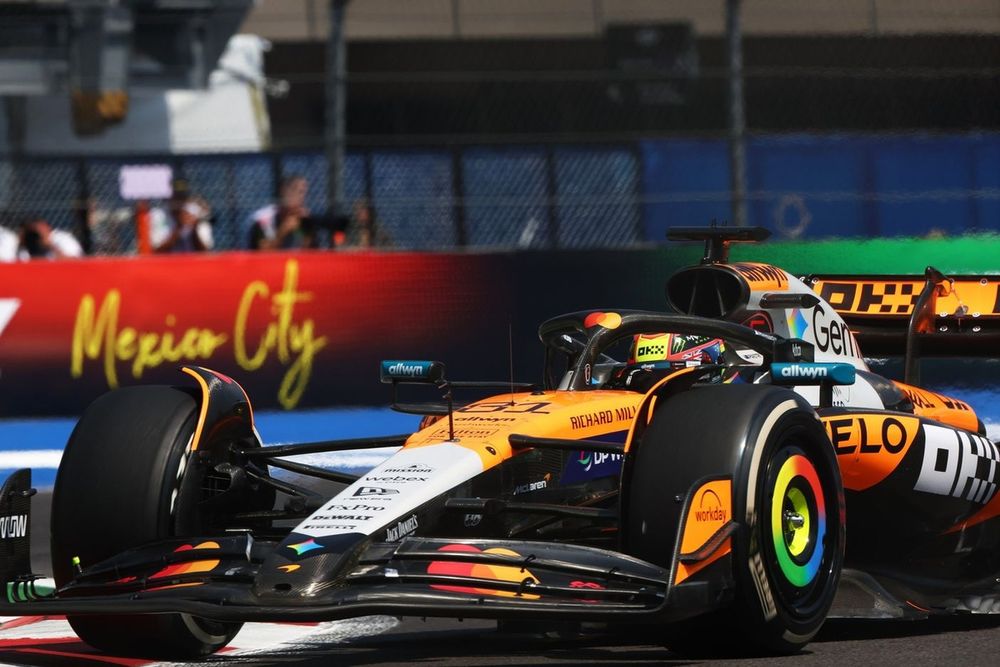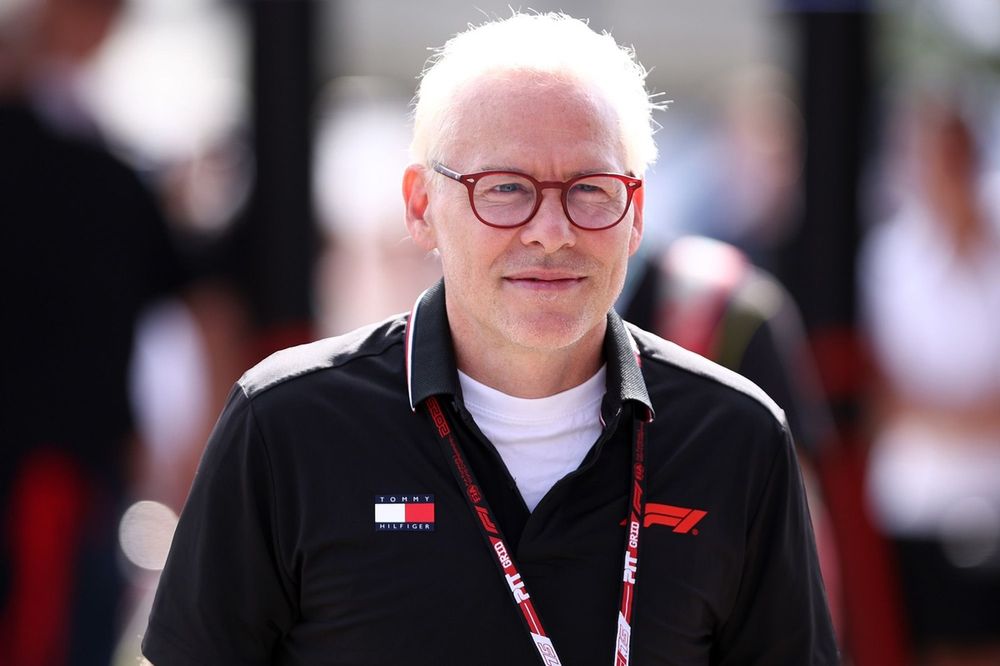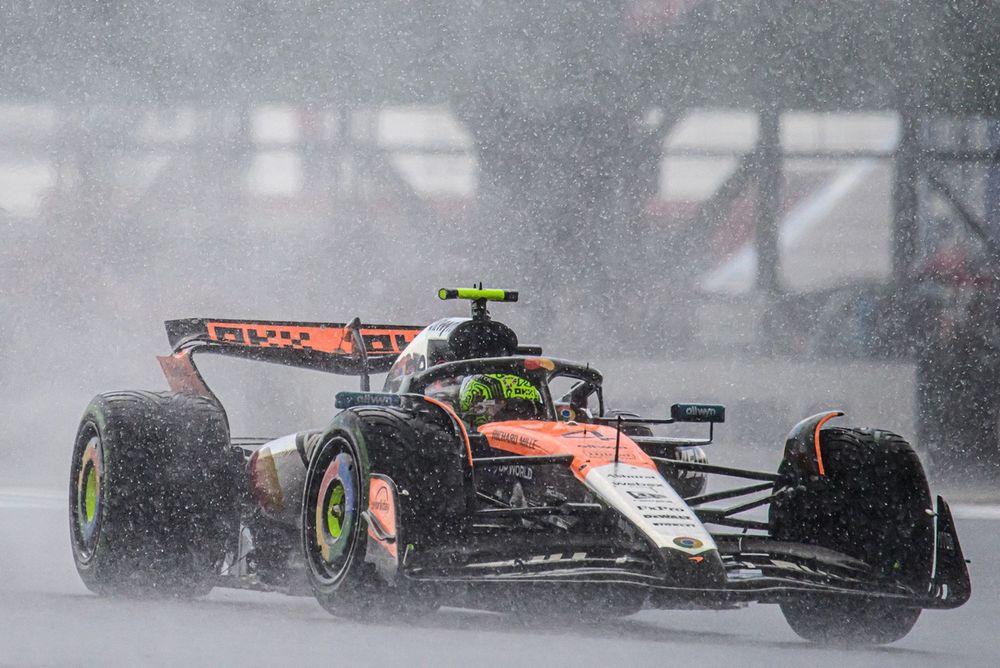
Pirelli Explains F1 Wet Tyre Issues and Improvement Plans
F1 drivers rarely use Pirelli's full wet tyres, often preferring intermediates even when conditions demand full wets. Pirelli is now addressing the fundamental design flaws that lead to this preference.
Why it matters:
The limited use of full wet tyres highlights significant issues in extreme wet conditions, affecting both driver confidence and race safety. Poor visibility due to spray, combined with drivers' distrust in the full wets' performance, can lead to race delays or even cancellations.
The big picture:
While initial focus was on aquaplaning and visibility (with failed wheel cover tests), Pirelli's recent analysis revealed that drivers' complaints were more about a critical loss of cornering grip. This grip issue is tied to the tyre's design for fighting aquaplaning.
The details:
- Driver Preference: Reigning world champion Max Verstappen and other drivers consistently choose intermediates over full wets, even when conditions are severe.
- Crossover Point: Pirelli's head of motorsport, Mario Isola, notes that the actual crossover point where full wets become faster than intermediates is around 118% of dry lap times, higher than their target of 115-116%.
- Misunderstood Complaints: Isola explains that drivers' perceived "aquaplaning" was, in fact, a loss of grip in corners.
- Design Flaw: To combat aquaplaning, Pirelli previously increased the number of grooves, which resulted in smaller, more flexible tread blocks. These blocks would move excessively, generating heat and causing the "wet tyre" to overheat, leading to a loss of grip.
- Current Fix: For 2024, Pirelli has subtly modified the tread pattern to reduce this block movement and subsequent overheating, aiming for better performance in intense wet conditions.
What's next:
- 2026 Overhaul: The new regulations for 2026 present a major opportunity for Pirelli to completely redesign the wet tyres. Their primary goal is to significantly improve the crossover point, ensuring teams can switch between intermediates and full wets without performance penalty. A completely different tread pattern is also under consideration.
- Testing Challenges: Developing effective wet tyres is hampered by limited testing opportunities on high-severity wet tracks. Pirelli is adapting by using any naturally wet test sessions – for example, if it rains during a dry test day – to gather crucial data, even if not in a controlled environment.
Original Article :https://www.motorsport.com/f1/news/Why-F1-drivers-dont-like-Pirelli-wet-tyres/10...


